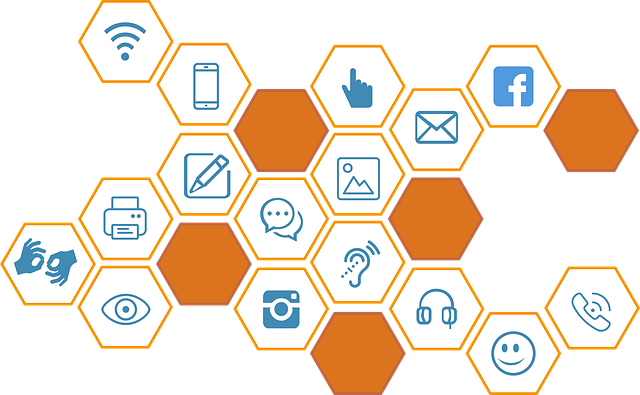Accommodations
This section of the Inclusive Virginia website provides information, instructional strategies, partnerships, and resources for adult education practitioners on supporting adult learners with differing abilities.
Learners may request, and are entitled to, reasonable accommodations or modifications. An accommodation helps a learner interact with and access materials. Some examples of accommodations are large print or magnifiers, breaking material into smaller chunks, or providing audio versions of a text. A modification refers to changes in the curriculum so that the learner is not learning the same material as others (both definitions from The Difference Between Accommodations and Modifications, n.d.).
What is Assistive Technology?
According to the Assistive Technology Industry Association (ATRI), assistive technology (AT) are products, equipment, and systems that enhance learning, working, and daily living for persons with disabilities. For learners who could benefit from assistive technology, work with the Virginia Department for Aging and Rehabilitative Services (DARS), Virginia Assistive Technology System (VATS), or other partners who may have technology loaner labs.
Workplace Accommodations
“Under Title I of the Americans with Disabilities Act (ADA), a reasonable accommodation is a modification or adjustment to a job, the work environment, or the way things are usually done during the hiring process. These modifications enable an individual with a disability to have an equal opportunity not only to get a job, but successfully perform their job tasks to the same extent as people without disabilities.” (Office of Disability Employment Policy).

Additional Information
Instructional Strategies
There are many classroom and testing accommodations that do not require disability diagnostic testing documentation. However, if using accommodations on any standardized test, check with the publisher to ensure the accommodations do not require official diagnostic testing documentation. When using an online platform, many universal accommodations are built into the platform for anyone to use as needed. These are some examples of instructional or testing accommodations (this is not an exhaustive list):
-
- Providing magnifiers to enlarge text or increase the text font
- Providing small group instruction
- Providing graphic organizers or guided notes
- Chunking text or work into smaller, more manageable pieces
- Incorporating mini-breaks during instruction or work time (try to create natural breaks so as to not interrupt learning or processing)
- Providing audio options to pair with texts (Many websites and operating systems are building in audio features under “accessibility tools.” There are also many websites that specifically offer audio options for texts.)
- Use video, audio, or images during large group instruction
- Have fewer items or questions per page
- Providing color overlays or changing the color of text and background to reduce the contrast
- WebAIM Contrast Checker – Calculate contrast ratio of two input colors and check accessibility
- Contrast Checker: WCAG – Check the contrast of your color design for accessibility base on Web Content Accessibility Guideline (WCAG)
- Providing highlighters
- Some learners may require specific accommodations during instruction or testing. Most of the time, these accommodations are listed on official diagnostic testing documentation the learner may have. When requesting accommodations on any standardized test, it is crucial to follow specific publisher guidelines as all requirements will differ. The list below provides some examples of accommodations that require documentation (this is not an exhaustive list):
- Testing over multiple time periods
- Testing in a private room
- Extended time on tests
- Read aloud of directions and/or test items